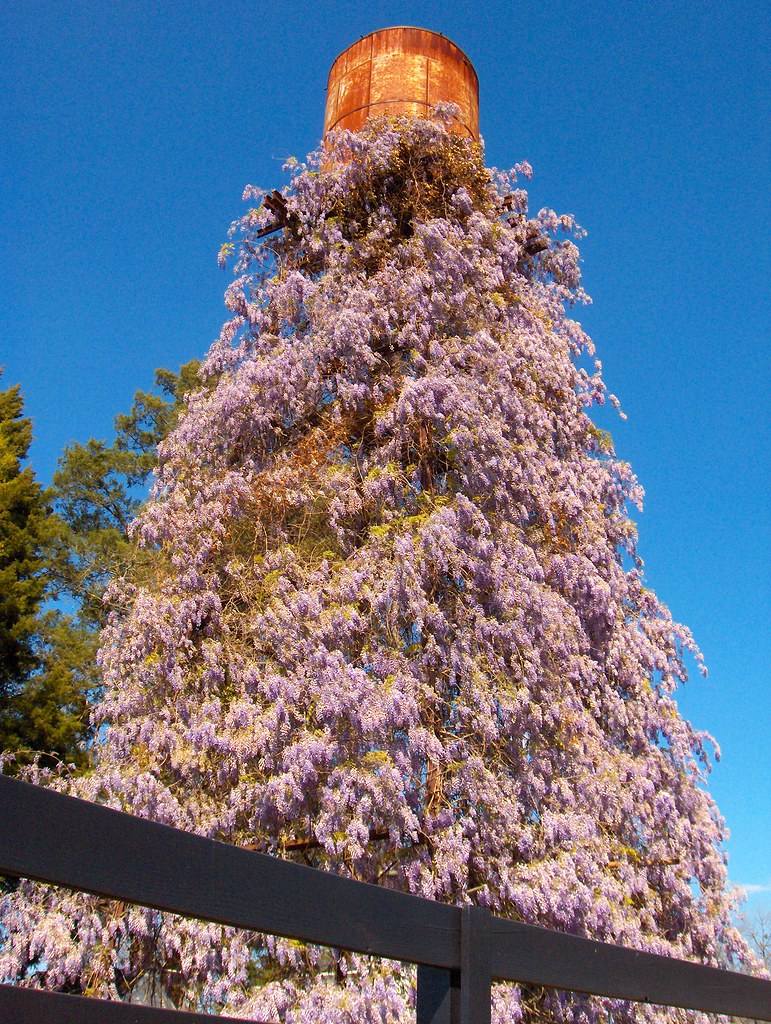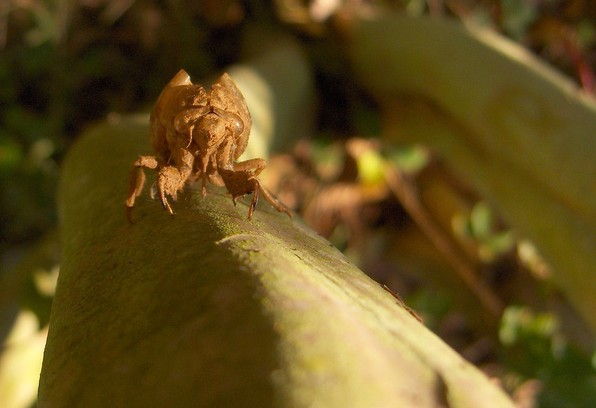The Coastal Plain is more plain than coast and is characterized by long, hot summers, gnats, long stretches of flat, sandy soil, and pine trees. It can be a hellish place.
I went to school in the Coastal Plain. I have never been quite sure how one of my best friends induced me to enroll at Georgia Southern University. Maybe I thought he said Georgia Mountain University. That whole episode is in lost in the fog of memory.
It took a couple of years living in hell before I was able to begin seeing the beauty of the region. While the campus of GSU itself and the environs of Statesboro are fairly hideous, one doesn't have to travel far to come upon sudden beauty. In all directions one comes upon formal pecan orchards, lush wetlands, cotton-coated fields, languid rivers, and spreading oaks that look as though they have forever shaded farmsteads in all stages of repair. And small towns, each with a claim to fame: Vidalia has its onions, Dublin has its Irish, Vienna has its Big Pig Jig, Americus has its Jimmy Carter, and Cordele has its watermelon.
I spent a pleasant part of this weekend in the Coastal Plain visiting family. It was cool tending toward cold whenever the wind blew off Lake Blackshear. The landscape was painted in the unique shade of green that appears with the advent of spring, and the wisteria and azalea was in full bloom.

Peace

No comments:
Post a Comment